- Your cart is empty
- Continue Shopping
Sensors for the food industry 402
Price range: $61 through $101
Cone nipple with union nut (pipe union) according to DIN 11 851.
Possible execution of sensors with tolerance class B (standard), with class A +60.00 UAH.
Resistance thermometers and thermoelectric converters (Sensors for the food industry 402) are used in the food and pharmaceutical industries in accordance with the hygienic standard DIN 11 851.
Temperature is the most common measured parameter, and overheating is one of the most negative factors in the operation of equipment, therefore, there are a huge number of ways and places of using temperature sensors.
The principle of operation of resistance thermocouples is based on a change in the electrical resistance of conductors and semiconductors depending on temperature. The material from which such a sensor is made should have a high temperature coefficient of resistance, possibly a linear dependence of resistance on temperature, good reproducibility of properties and inertness to environmental influences. To the greatest extent, platinum satisfies all of the above properties; slightly less copper.
Thermocouple Are exclusively differential temperature sensors. They generate an electrical signal proportional to the temperature difference between two different points. Therefore, the junction (junction) that we use to measure the required temperature is called the "hot" junction, while the other junction (from which we can not escape) is called the "cold" junction.
Terminal head material for food grade sensors 402
- Standard connecting head made of AG-4V press material with PG13.6 sealed lead-in;
- Enlarged connecting head made of AG-4V press material with PG13.6 sealed gland (when ordering, designation B);
- Connecting head made of cast aluminum, KSC form (when ordering, designation D1);
- Connecting head made of cast aluminum, KSE form (when ordering, designation D2);
Type of attachment to the working environment - Toswivel union with union nut (pipe union).
Connection diagrams - 2, 3 or 4 wires.
Sensor types - 50P, 100P, Pt100, Pt500, Pt1000, L, J, K.
Temperature range -40 ... + 250 ° C.
Number of sensing elements (for RTDs) 1 or 2.
Sensors for the food industry can be terminal nipple.
Additional Information
| Head type | |
|---|---|
| Fitting type |
You must be logged in to post a review.

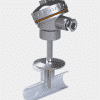
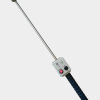
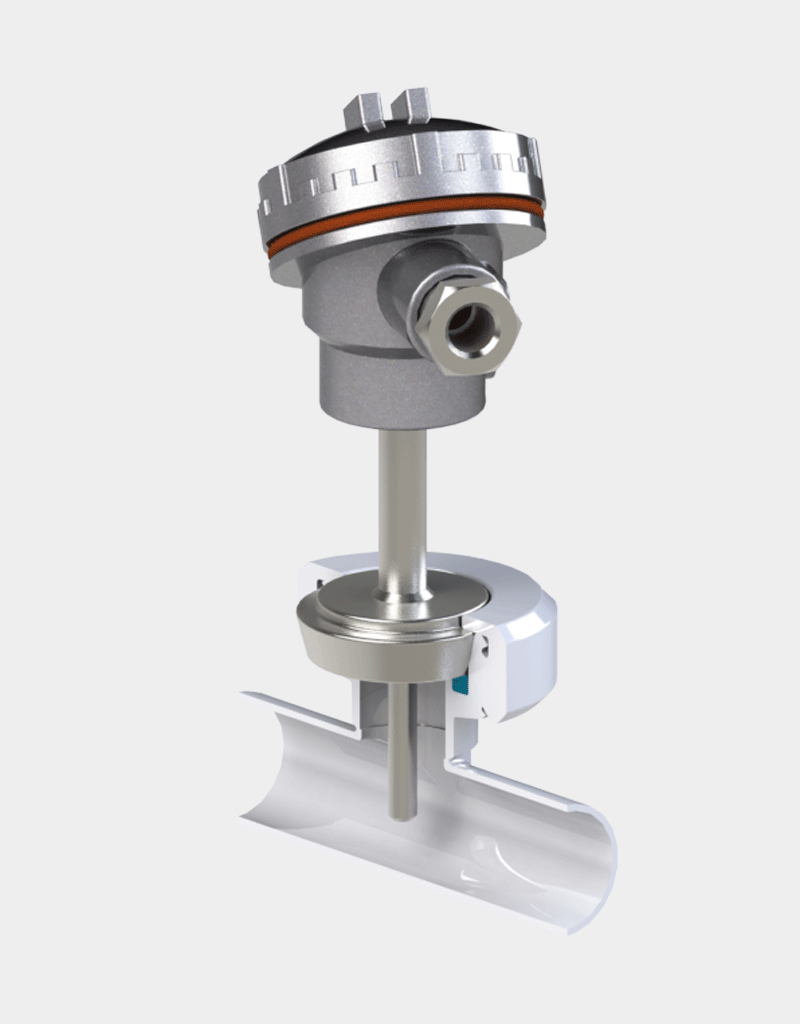
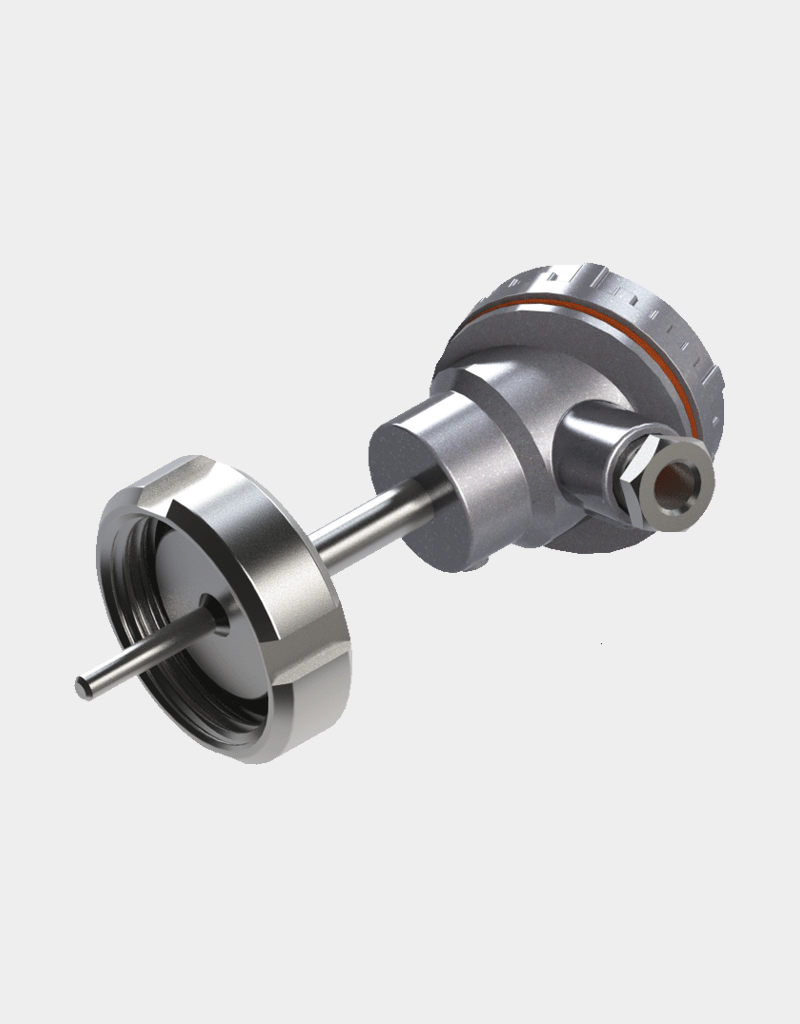
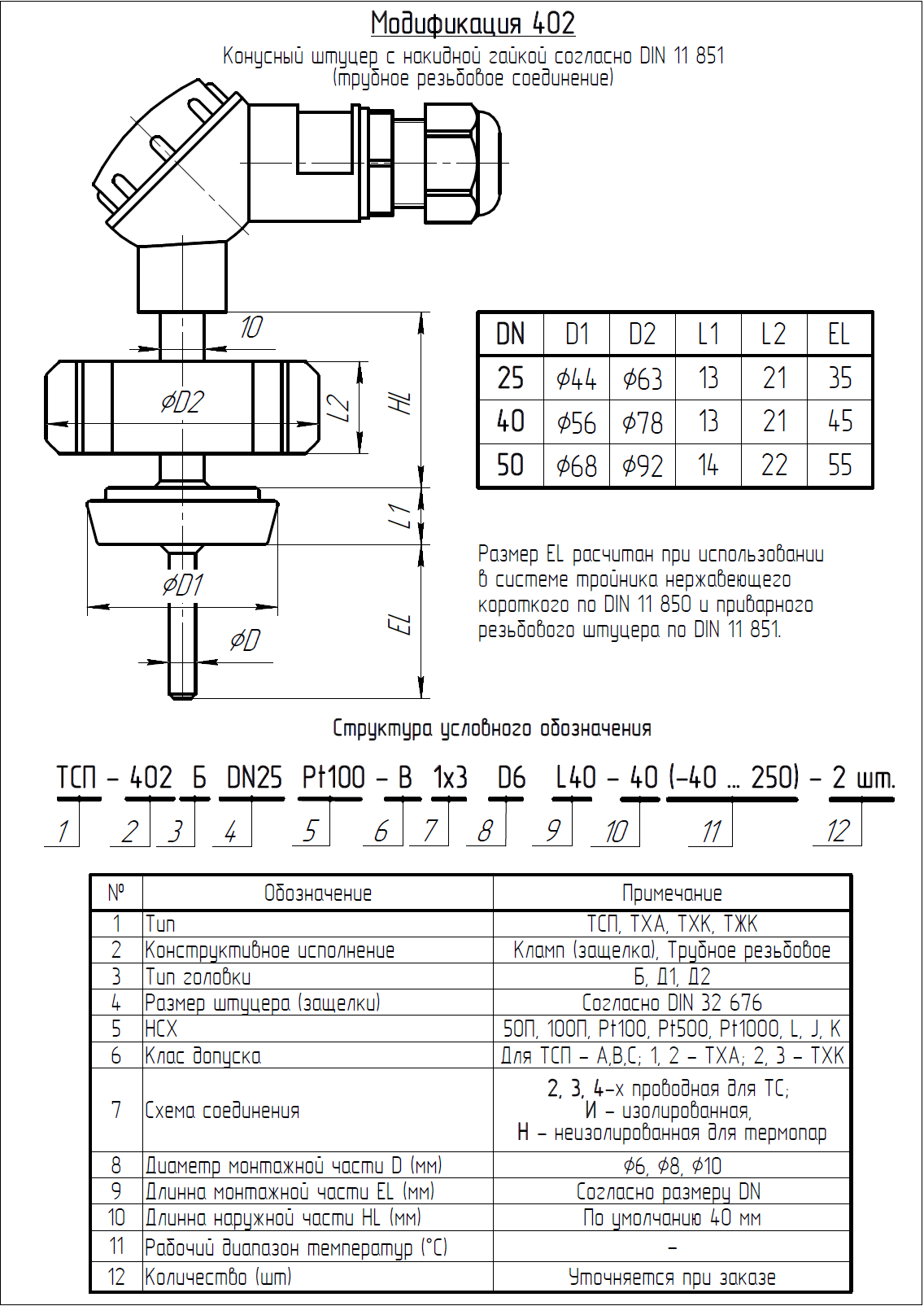

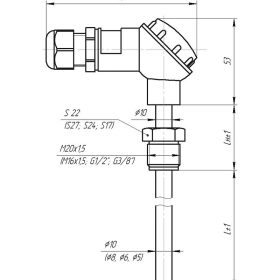
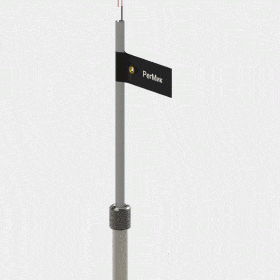
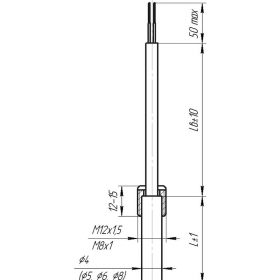
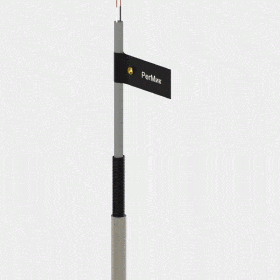
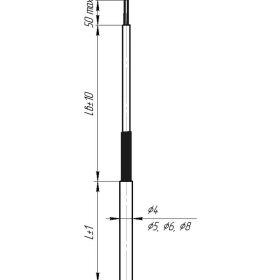
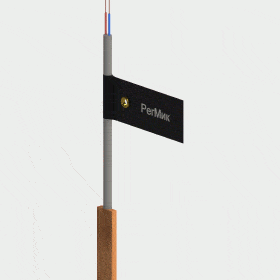
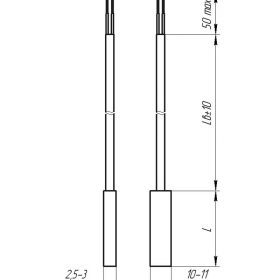
Відгуки
Відгуків немає, поки що.